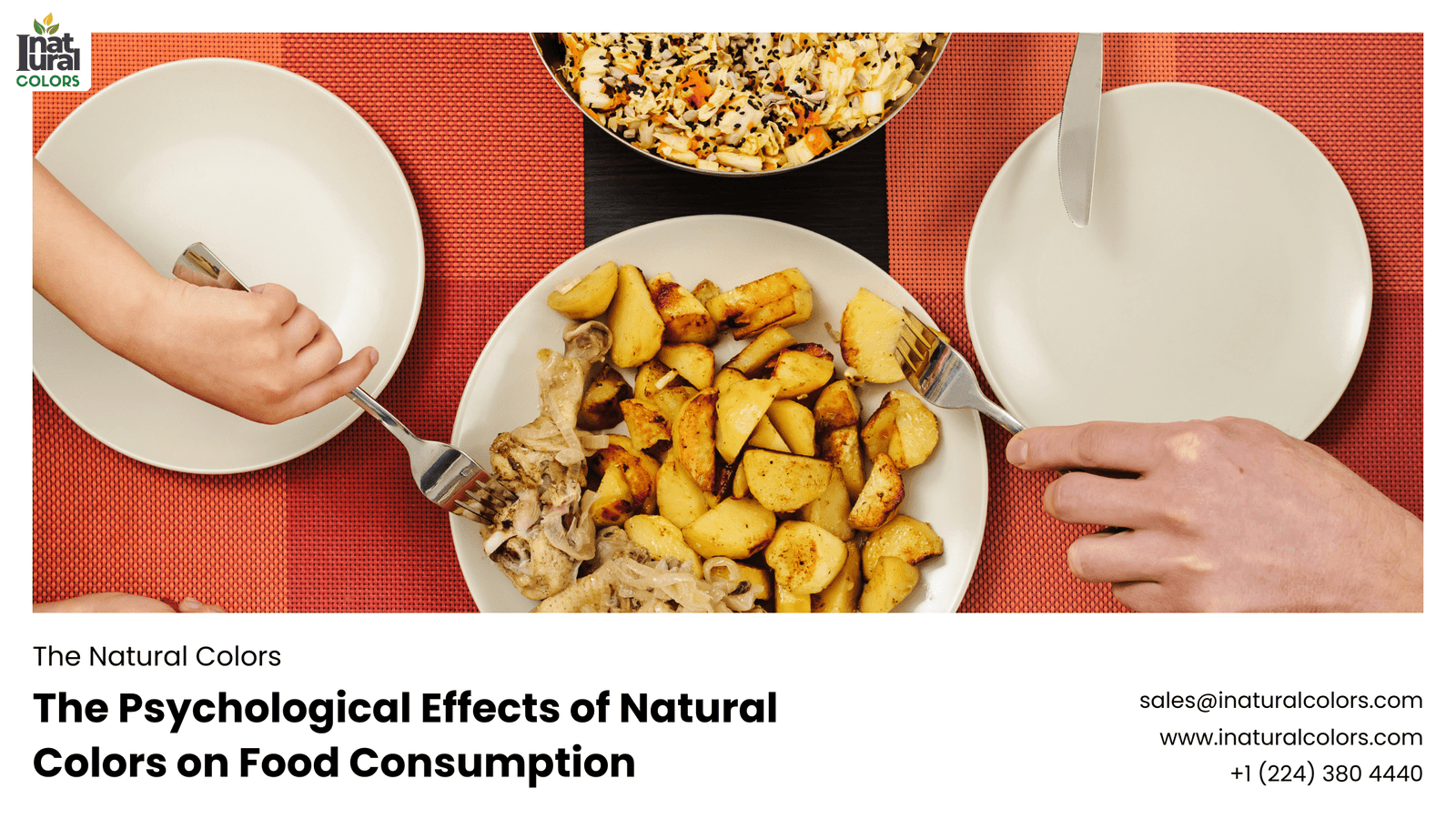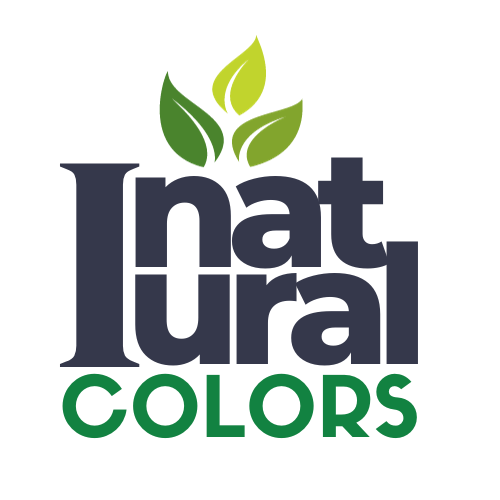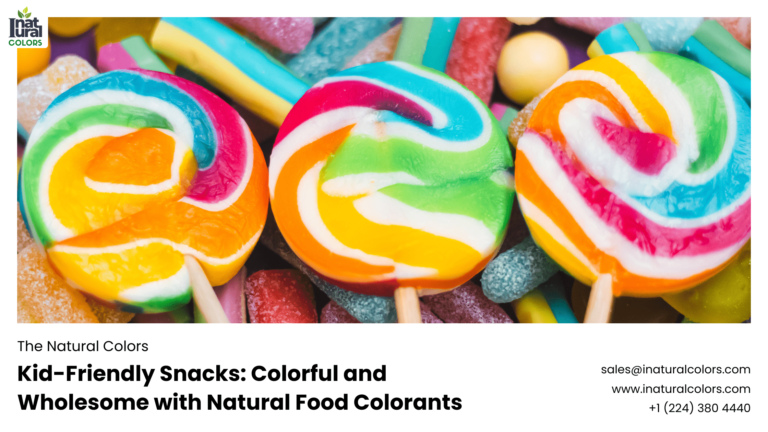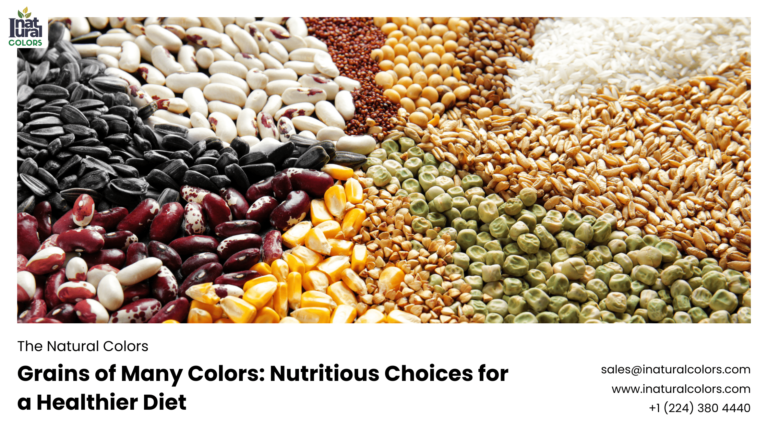Beautiful Plants For Your Interior

In today’s competitive food industry, where consumer choices are heavily influenced by visual appeal, the use of natural colors has gained significant attention. Beyond mere aesthetics, research indicates that natural colors can profoundly impact food consumption behaviors, tapping into the psychology of consumer perception and choice.
Understanding the Impact of Natural Colors
The Role of Color in Food Perception
Color plays a crucial role in how we perceive food. It can influence taste expectations, freshness perception, and even nutritional assumptions. Natural colors derived from plants, minerals, and other natural sources not only enhance visual appeal but also convey a sense of health and authenticity.
Psychological Responses to Natural vs. Artificial Colors
Studies have shown that natural colors are perceived more positively by consumers compared to artificial counterparts. Natural hues evoke feelings of trust and purity, aligning with growing consumer preferences for clean-label products that are perceived as safer and healthier.
Consumer Behavior Insights
Preference for Natural Ingredients
The demand for natural ingredients in food products continues to rise, driven by consumer awareness of health and environmental concerns. Natural colors resonate with this trend, appealing to consumers seeking transparency and sustainability in their food choices.
Impact on Purchase Decisions
Incorporating natural colors into food products can influence purchasing decisions positively. Products marketed with natural colors often command premium pricing and enjoy higher acceptance rates among health-conscious consumers.
Industry Trends and Statistics
Market Growth of Natural Colors
The market for natural food colors is expanding rapidly. According to industry reports, the global natural food colors market is projected to grow significantly, driven by increasing consumer awareness and regulatory support for natural ingredients.
Consumer Perception Studies
Research indicates that consumers perceive foods with natural colors as healthier and more wholesome. This perception leads to increased willingness to try new products and pay a premium for foods perceived as natural and minimally processed.
Psychological Mechanisms at Play
Color Associations and Appetite Stimulation
Certain colors are known to stimulate appetite or convey specific taste expectations. For instance, vibrant greens may suggest freshness and healthfulness, while rich reds can evoke sweetness or richness. Natural colors harness these associations to influence food choices subtly.
Emotional Responses to Visual Cues
Visual appeal triggers emotional responses that affect food enjoyment and satisfaction. Natural colors create a sensory experience that enhances overall meal satisfaction, contributing to repeat purchases and brand loyalty.
Application in Marketing and Product Development
Labeling and Marketing Strategies
Incorporating natural colors into product labeling and marketing strategies can enhance brand perception and differentiate products in a competitive market. Highlighting natural ingredients appeals to consumers seeking healthier alternatives and fosters trust in brand authenticity.
Innovation in Natural Color Technology
Advancements in natural color extraction and application technologies are driving innovation in the food industry. These innovations improve stability, color consistency, and versatility, allowing manufacturers to meet consumer expectations for vibrant, natural-looking foods.
Conclusion
The psychological effects of natural colors on food consumption underscore their role beyond visual enhancement. As consumer preferences shift towards clean-label products and sustainable practices, natural colors offer a compelling solution for food manufacturers aiming to meet these evolving demands. By leveraging the innate appeal and perceived health benefits of natural colors, brands can enhance consumer trust, drive sales, and foster long-term loyalty.



